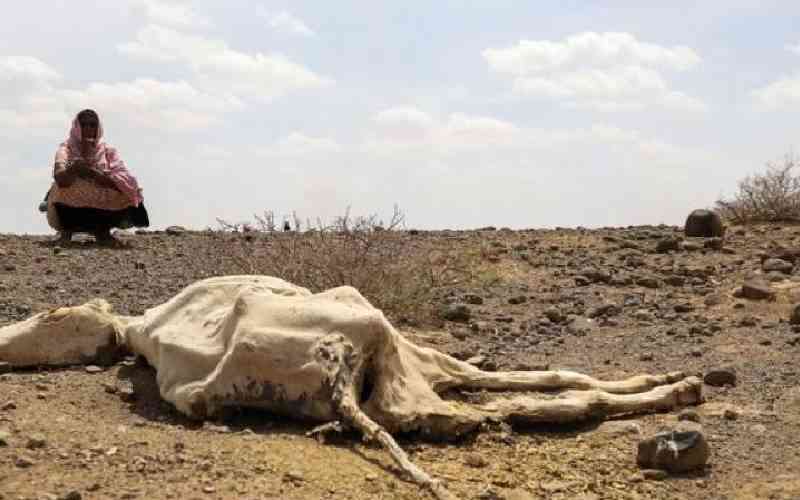×
The Standard e-Paper
Home To Bold Columnists

Human activities are responsible for the devastating drought currently plaguing the Horn of Africa, new scientific evidence shows.
About 50 million people in the Horn of Africa and 100 million in neighboring regions have been directly affected by the drought. The situation is critical, with up to 20 million people facing acute food insecurity and potential famine.